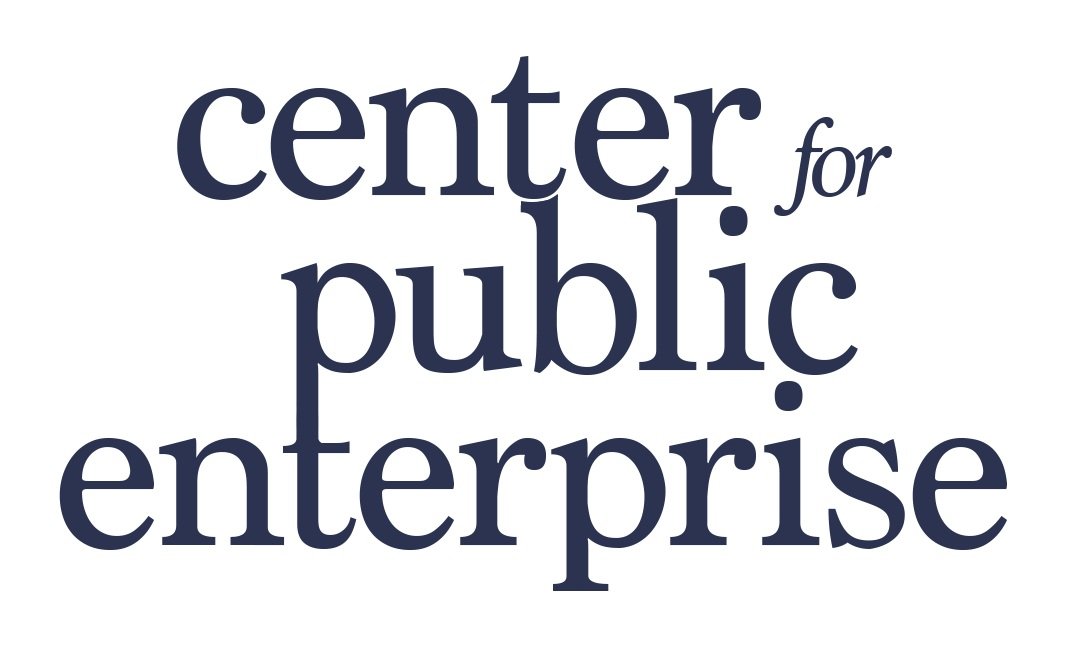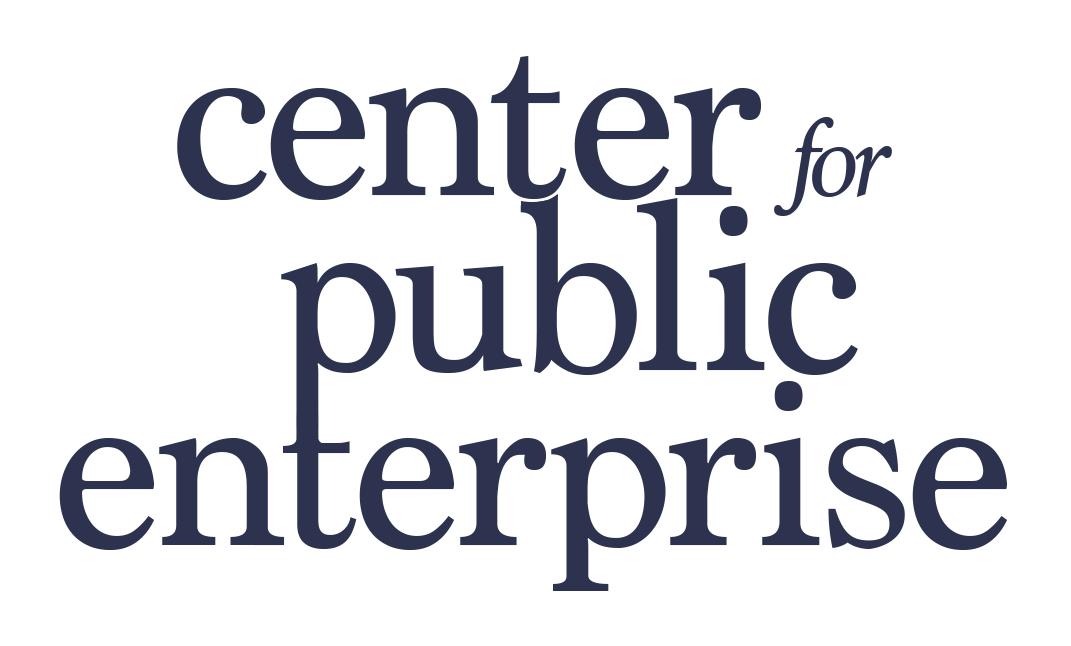The SEFI Carveout
State Energy Financing Institutions: Unlocking Billions in Concessional Financing from the Loan Programs Office
Summary
The Infrastructure Investment and Jobs Act (IIJA) and the Inflation Reduction Act (IRA) have turned the Department of Energy’s Loan Programs Office (LPO) into the catalyst for a massive buildout of new energy investment. Under its original Title 17 authority, the LPO was limited to providing credit to borrowers working with experimental technology. But a new carveout in the IIJA and the IRA extends that credit authority to nearly any kind of energy project, so long as it’s being co-financed by what’s called a State Energy Financing Institution (SEFI).
This SEFI carveout enables the LPO to tap its $40 billion loan guarantee authority to augment state government investment in a wide range of clean energy generation and energy efficiency programs. The LPO can team up with a designated SEFI—a state agency such as a green bank, infrastructure bank, or a financing board with a climate-related mandate—to offer a concessional loan and loan guarantee to energy project developers (financial supports referred to here as “Title 17 financing”). When the LPO is co-investing alongside state agencies, it no longer needs to restrict its Title 17 financing authority to developers of innovative, not-yet-commercialized technologies. Because such a wide variety of greenhouse gas-reducing projects are now eligible for support under the SEFI carveout, the LPO essentially becomes the nation’s green bank, anchoring investment in all kinds of strategic energy and decarbonization projects by allowing states to sidestep risk-averse private investors and save vital projects.
This briefing note explains how the Title 17 financing authority and its SEFI carveout work in practice, mapping out how developers can interface with both to implement projects.

